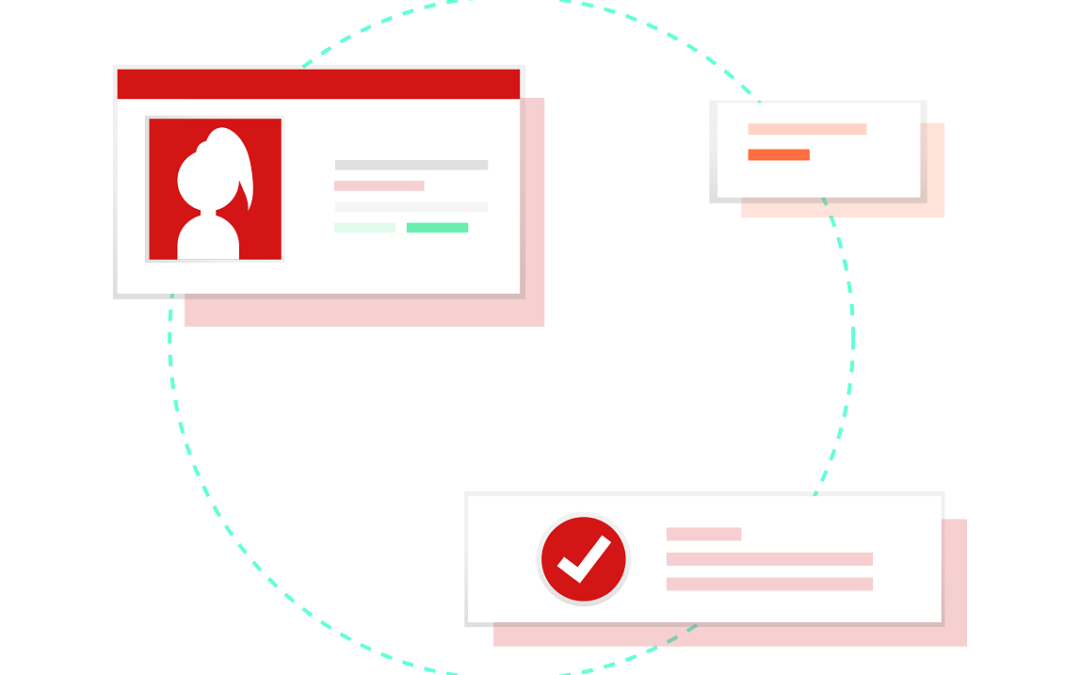Since the day my mother discovered TripAdvisor and Google reviews, every trip with her has changed. Even though she’s still not super tech-savvy, she doesn’t go or stay anywhere new without first looking at the reviews, and she chooses her hotels and restaurants based on those reviews.
She’s not the only one. As of March 2017, TripAdvisor had 455 million unique visitors and 600 million reviews and opinions. Considering that TripAdvisor is only one of several popular review sites, the odds are that people can find reviews of your hotel somewhere on the web. These reviews can range from glowing reports to disgusting descriptions that would make even the most price-sensitive travelers avoid a property at all costs.
International Hotel School put together a list of hotel reviews with complaints so bad they’re hilarious:
- “The room stank…a combination of cats, mould, rot, damp, the local petting farm, and a pair of zookeeper’s wellies.”
- “Weird screams in the morning…possible blood on mattress covering.”
- And my personal favorite, “Very friendly service, continental breakfast was excellent (JUICEBOXES!) and the room was great. Very clean and the haunted sink and screaming toilet gave the bathroom personality!” to which the reviewer added, “Needs improvement: AC.”
Even positive reviews can be tainted by complaints about uncomfortable temperatures. Many reviewers insist that the service was great, the location nice, and the staff pleasant, yet a wonky PTAC unit still left a sour taste in their mouth.
You yourself might have been in a situation where you were unsure about staying at a supposedly great place because you didn’t want to get stuck with a room that was too hot or cold.
How the Latest PTAC Technology Helps Keep Guests Happy
Fortunately, PTAC technology has come a long way. Units can now operate at maximum capacity while still offering consistent levels of comfort and quality.
Newer units are also designed to be maintenance friendly. Better design makes servicing easier, thereby extending the life cycle of the PTAC units.
In addition, units interface with property management systems to allow you to control PTACs from one centralized location and receive notifications about any performance or maintenance issues.
Better maintenance leads to better performance, which in turn leads to happier guests and fewer negative reviews.
How PTAC Technology Keeps Guests and Budgets Happy
Design enhancements to PTAC units have also made them quieter while also offering a better coefficient of performance. Furthermore, new designs contain separate motors for the indoor blower and the outdoor fan. These improvements make units quieter so that guests don’t have to choose between a louder fan and cooler temperature.
Advancements in PTAC technology are also good for your budget. For example, some PTAC units offer energy-saving presets, and energy-management thermostats with built-in occupancy sensors help hotel owners save on their energy bills. These occupancy-sensing thermostats will automatically adjust the temperature when the room is unoccupied, which eliminates unnecessary heat or air. They will also have the room ready at the right temperature when customers arrive. Most energy-management systems can be configured and monitored remotely from a computer, smartphone, or tablet.
Along with cleaning and preventative maintenance, new PTAC technology helps to guarantee customer satisfaction. The most dependable way to avoid bad reviews is to invest in quiet, reliable PTACs.

